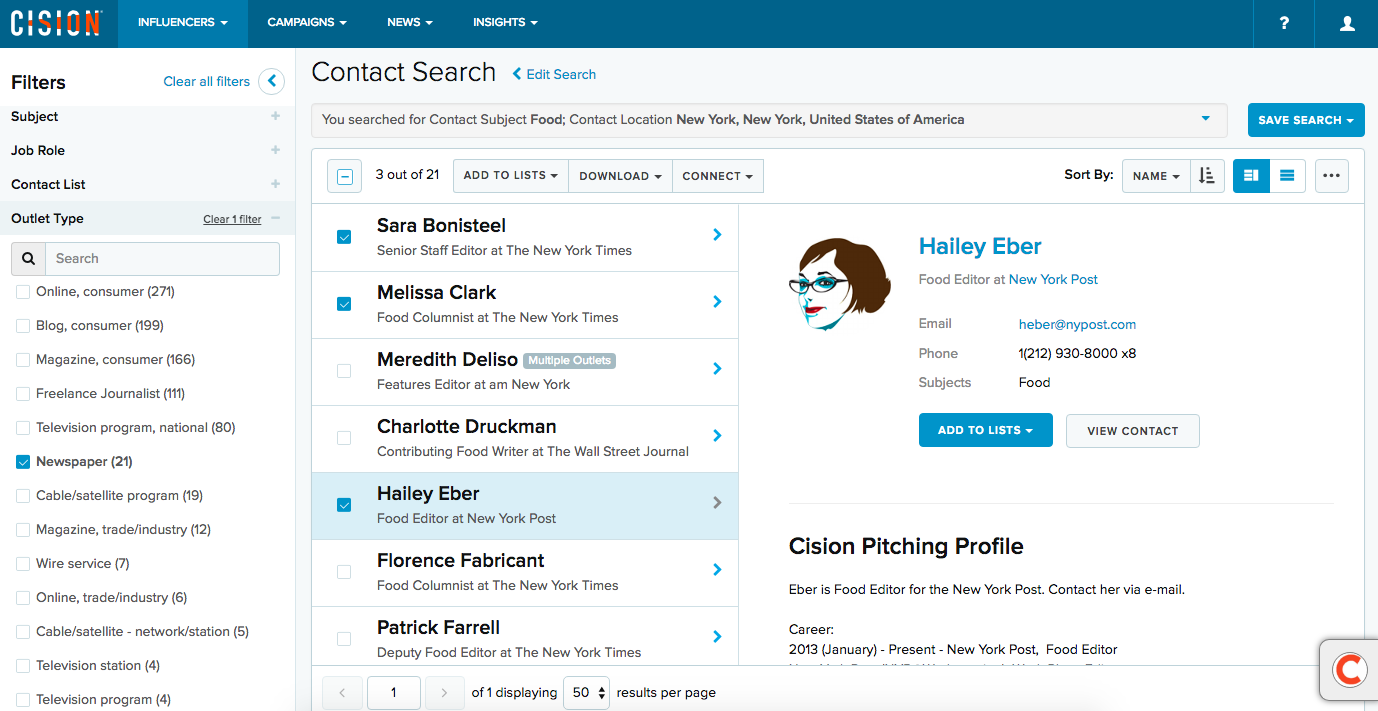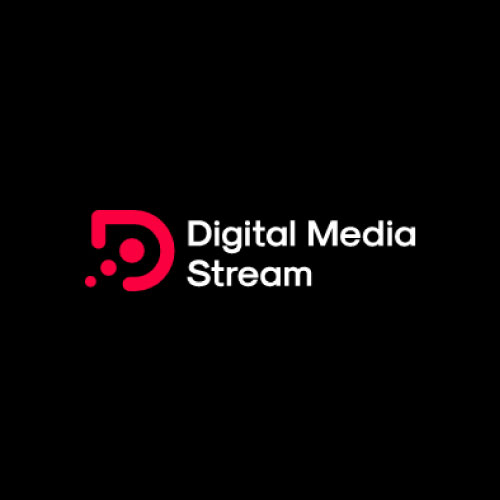How Digital PR can build backlinks & traffic to your SaaS Website


Digital PR (Public Relations) is an online marketing strategy that involves using digital channels and platforms to build brand awareness, manage a brand's reputation, and foster positive relationships with the target audience and key influencers.
There is a useful guide on PR outreach here from Prowly if you want some further reading and guidance along with some quotes from PR professionals who do this all the time.
You will find there are specific Digital PR Agencies and Consultants around that specialise in running these sorts of campaigns. Digital PR is a cross between PR and SEO, as the benefits of it are also seen in search engines by the acquisition of backlinks.
In the context of link building, digital PR focuses on acquiring high-quality backlinks from authoritative websites and online publications to improve a website's search engine rankings and overall visibility.
Here's how agencies typically run a Digital PR process. This is something you can potentially do yourselves if you have the time and the contacts.
Step 1. Research and Planning
The first step is to start researching and planning. What are you trying to achieve and who is the target audience of the campaign? Think about relevant topics that match your brand and audience that could be of interest. You can also look at what some of your competitors are doing in a similar space.
- Define your campaign goals: Clearly outline the objectives of the digital PR campaign, which may include link building, brand visibility, or thought leadership.
- Identify target audience: Determine the audience you want to reach, which will influence the choice of media outlets and platforms.
- Competitor analysis: Research competitors' digital PR efforts to identify potential opportunities and gaps in the market.
- Select relevant topics: Identify trending and relevant topics that align with your brand and target audience's interests.
Publications like TechCrunch are popular places for B2B SaaS companies to get press releases and news worthy content published.

Step 2. Content Ideation & Creation
This is probably the hardest part, thinking of the idea and creating the actual content. If you have the content the rest is pretty straightforward, but the quality of the content is typically the thing that makes all the rest of this easier. The better the content the easier it will be to pitch and sell to potential websites to share.
How to create link-worthy content
Develop high-quality, data-driven, and engaging content that other websites would want to link to, such as infographics, research reports, case studies, and expert guides. Here are some examples of content that has been created and used by other Digital PR campaigns
Leverage Original Research and Data
Conduct your own research or surveys to generate original data. Data-driven content is highly shareable and can establish your brand as an authoritative source.
Use Compelling Visuals
Incorporate eye-catching visuals, such as infographics, images, and videos, to enhance your content's appeal. Visual content is more shareable and can attract more backlinks.
Tell Engaging Stories
Frame your content around a compelling narrative that captivates readers and keeps them engaged. Well-told stories can increase the chances of your content being shared and linked to.
Provide Unique and Valuable Information
Ensure your content offers something new and valuable to the target audience. This could include original research, data-driven insights, expert analysis, or practical tips and advice.
Step 3: Build Media Lists & Outreach Plan
Building a media list involves identifying and compiling a comprehensive list of journalists, bloggers, influencers, and other media contacts who may be interested in your content or can amplify your message. Here's a step-by-step guide on how to build a media list, along with some tools you can use:

1. Identify Your Target Audience and Niche: Define your target audience and the industry or niche you want to focus on. Understanding your audience will help you identify the most relevant media outlets and contacts.
2. Research Relevant Publications and Websites: Look for online publications, blogs, news outlets, and websites that cover topics related to your content or industry. Use search engines, industry-specific directories, and social media to discover potential media outlets.
3. Find Journalists and Media Contacts: Visit the websites of the publications you've identified and search for the authors who regularly cover topics related to your content. Look for their contact information, including email addresses or social media profiles.
4. Use Media Database and Outreach Tools: There are several tools available to help you build and manage your media list. Some popular tools include:
- Cision: A comprehensive media database that allows you to find journalists and influencers based on their beats and areas of expertise.
- Meltwater: Offers media monitoring, influencer discovery, and media contact database services.
- HARO (Help a Reporter Out): A platform that connects journalists with expert sources. You can sign up as a source and respond to journalists' queries relevant to your expertise.
- BuzzStream: A tool that helps you find contact information for journalists and bloggers, manage your outreach, and track your progress.
- NinjaOutreach: Primarily an influencer outreach tool, but it can also be used to find journalists and media contacts based on keywords and topics.
5. Check Social Media and LinkedIn: Twitter, LinkedIn, and other social media platforms can be valuable resources for finding and connecting with journalists and influencers. Many journalists use Twitter to share their articles and connect with their audience.
6. Personalise Your Outreach: When reaching out to media contacts, personalise your emails or messages. Mention their previous work, show interest in their beat, and explain why your content is relevant to their audience.
7. Keep Your List Updated: Media contacts change roles, move to different publications, or update their contact information over time. Regularly update and maintain your media list to ensure accuracy and effectiveness.
Remember that building relationships with journalists and media contacts is essential in digital PR. Respect their time, provide valuable content, and avoid mass spamming. Building a targeted and well-maintained media list will increase your chances of successful media outreach and link-building efforts.
Step 4: Media and Influencer Outreach
This is the step which is probably the most important and the most gruelling. Once you have your media list ready, the next step is to reach out to the people on your list in a strategic and personalised manner. Here are some tips on how to approach your outreach effectively:
1. Personalise Your Messages: Avoid mass emails and generic templates. Personalise each message based on the recipient's beat, previous work, or interests. Show that you've done your research and are genuinely interested in their work.
2. Use a Clear and Compelling Subject Line: Your subject line should be concise, attention-grabbing, and related to the content you're pitching. Avoid clickbaity or misleading subject lines.
3. Keep Your Pitch Concise: Journalists and media contacts receive numerous pitches daily. Keep your email brief and to the point, outlining the key points of your story and why it's relevant to their audience.
4. Highlight the Value: Clearly communicate the value of your content or story. Explain how it can benefit their readers or viewers and why it's unique or newsworthy.
5. Provide Supporting Materials: Include any relevant supporting materials, such as images, infographics, videos, or research data, to make the journalist's job easier. Attach files or provide links to download the materials.
6. Offer Exclusive Opportunities: Consider offering exclusivity to a specific media outlet to entice them to cover your story first. Exclusive stories can be more attractive to journalists as they want to break news to their audience.
7. Be Respectful and Follow Up: Be respectful of journalists' time and avoid bombarding them with follow-up emails. However, it's acceptable to send a polite follow-up email after a few days if you haven't received a response.
8. Engage on Social Media: Before reaching out, engage with journalists and media contacts on social media platforms. Share their articles, comment on their posts, and establish a genuine connection.
9. Leverage Your Network: If you have existing relationships with some media contacts, leverage them to introduce your pitch. Personal recommendations can carry significant weight.
10. Follow Media Outlet Guidelines: Some media outlets may have specific guidelines for submitting content or press releases. Follow their guidelines to increase your chances of being featured.
11. Be Professional and Polite: Maintain a professional and polite tone throughout your communication. Even if your pitch is declined, thank the journalist for their time and consideration.
Remember that journalists and media contacts receive a high volume of pitches, so your outreach needs to stand out and provide genuine value. Building relationships and credibility in your industry can also improve the success rate of your outreach efforts over time.
Summary
By following this process, a digital PR campaign can effectively build high-quality backlinks that improve search engine rankings and drive organic traffic to the website. Remember that digital PR is an ongoing effort, and building strong relationships with media and influencers is key to long-term success.
Find a B2B SaaS Expert
We've collected a directory of B2B SaaS experts and agencies that we've reviewed and categorised based on service and specialism for your review.













